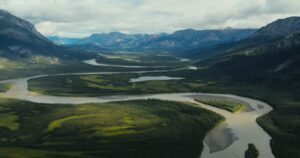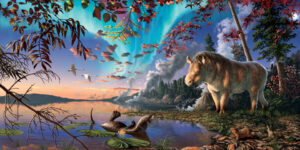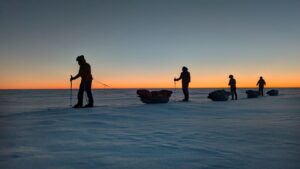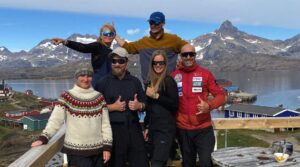In 1905, during Roald Amundsen’s first transit of the Northwest Passage, two of his men set out from Gjoa Haven to explore the unmapped east coast of Victoria Island. They reached halfway up before turning back due to the lateness of the season. Now 38-year-old Anders Brenna of Oslo will set out early this spring to manhaul 1,100km alone from Gjoa Haven all the way up past the explorers’ farthest north and around to Glenelg Bay on northern Victoria Island.

Brenna, a father of two, seems in some ways a typical Norwegian, with a practical attitude and a background in winter activity that could make up for his modest arctic experience. His parents worked in search and rescue, and he spent a lot of time outdoors as a kid. He did cross-country skiing and biathlon in his teens and trained in winter with the Norwegian military. (He’s still employed as a civilian with the military.)
Then in 2022, the arctic bug bit him. He did a 120km solo ski trip in Hardangervidda, a subarctic national park between Bergen and Oslo. There, he traveled 120km in a week between Finse and Haukeliseter. He had already traveled Hardangervidda with the military, but Brenna wanted to do this on his own, to begin to develop the routines of independent arctic travel.

Camp in Hardangervidda. Photo: Anders Brenna
A big step up
As a next step, last April, he joined a 20-day expedition in the Canadian Arctic run by Borge Ousland’s adventure company. He and half a dozen others skied 400km from Cambridge Bay to Gjoa Haven in Nunavut. When he was at the airport in Gjoa Haven to fly home, he realized he wanted to return. He’s been planning this current endeavor ever since.
Brenna acknowledges this will be much harder than Hardangervidda and a guided three-week tour. He’ll have to navigate, ski an average of 20km a day with a much heavier sled, deal with severe cold, camp totally on his own, and watch out for polar bears.
“This is another league from what I’ve done before,” Brenna admits, “but that’s not a reason not to do it.”
Along with expedition logistics, he has been researching the 1905 expedition of Godfred Hansen, Amundsen’s second in command, and engineer Peder Ristvedt. The pair dogsledded from Gjoa Haven across the sea ice and up the east coast of Victoria Island. Although Amundsen became the first to sail through the Northwest Passage, this was the only new land his expedition explored.
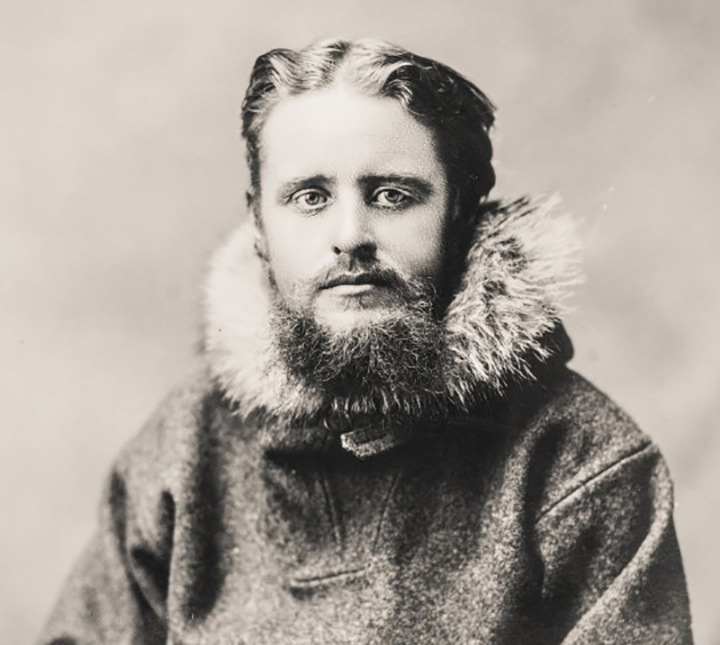
Godfred Hansen. Photo: Fram Museum
Cairn search
Hansen and Ristvedt turned back at what they called Cape Crown Prince Olaf, where they built a cairn that Brenna hopes to rediscover. There, they sighted a distant cape to the north that they called Cape Nansen, after the great Norwegian explorer. Brenna is particularly looking forward to standing at Cape Crown Prince Olaf and figuring out exactly what they meant by Cape Nansen.
He will then continue north along Victoria Island, covering the unexplored area they missed, which explorer Vilhjalmur Stefansson first mapped on his Canadian Arctic Expedition 10 years later.
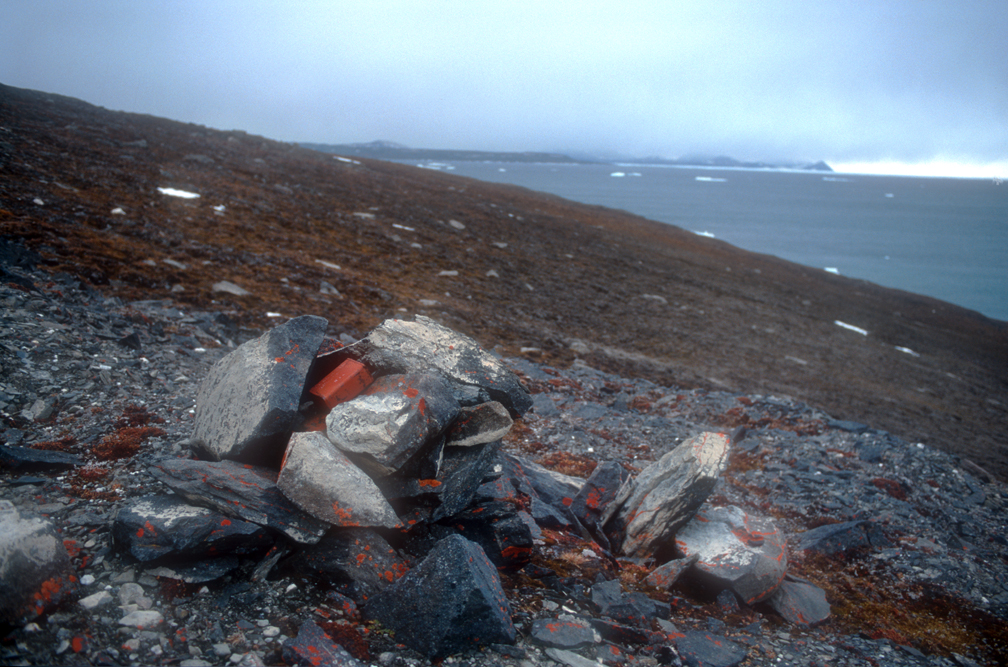
One of Godfred Hansen’s 1920 caches on northern Ellesmere Island. Photo: Jerry Kobalenko
Interestingly, in 1919-20, Godfred Hansen made another journey on behalf of Amundsen. Amundsen hoped to succeed where Nansen’s original Fram expedition had failed and sail his ship, now the Maud, across the Arctic Ocean via the North Pole. To this end, he had Hansen travel the north coast of Ellesmere Island and leave supply depots for him. Hansen’s distinctive russet-colored tins stenciled with “Beauvais Kjobenhavn” (the Danish company providing the food) still lie in obscure caches on northern Ellesmere Island. Amundsen’s expedition never came off.

Anders Brenna. Photo: Anders Brenna
A cold start
Since Brenna can’t afford a helicopter pickup from his endpoint on northern Victoria Island, he is leaving early — in mid-March, the coldest time of year — so that an Inuit man can snowmobile overland from Cambridge Bay to pick him up while there is still enough snow coverage. Brenna estimates that the journey will take between 50 and 60 days.
“I’m not going in March to make things worse for myself,” says Brenna.
Indeed, he believes in trying to make these journeys as comfortable as possible.
“It’s easier to stay outside a long time if you’re comfortable,” he says. “It’s also about developing routines to conserve energy.”
Brenna admits he’s a bit “old school” and will post the occasional entry on his website during the expedition, but don’t expect a daily Instagram update.


